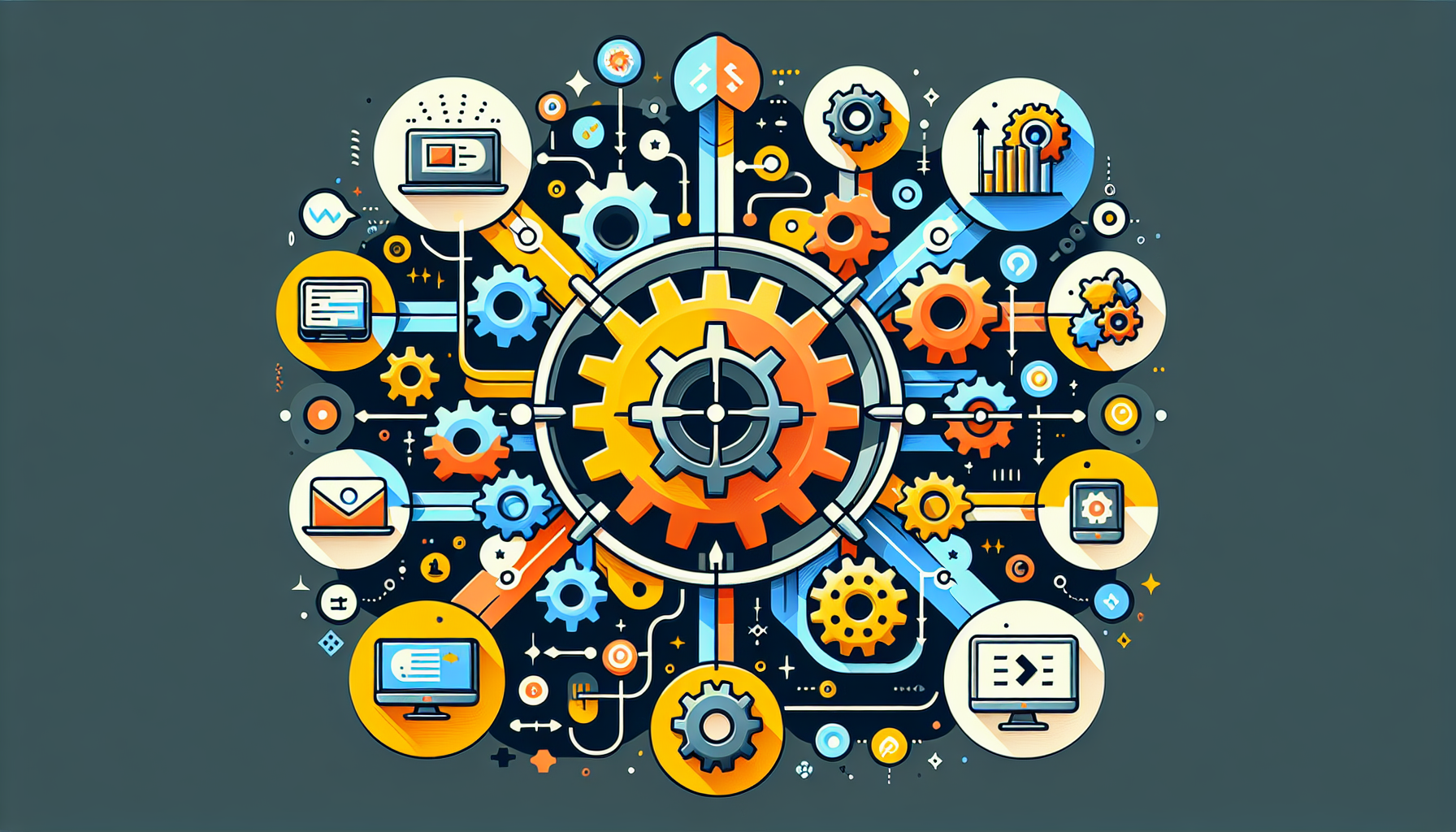Understanding Workflows
Workflows refer to the series of tasks and processes designed to complete a specific goal in a systematic, repeatable manner. Effective workflows enhance productivity and ensure that tasks are completed efficiently. In contemporary business settings, automation plays a crucial role in optimizing these workflows. By integrating tools like ChatGPT and Zapier, organizations can streamline operations and reduce manual effort.
What is Zapier?
Zapier is a powerful automation tool that connects different applications, allowing them to work together seamlessly. Using a straightforward interface, users can establish “Zaps,” which automate repetitive tasks without requiring any coding knowledge. Imagine a Zap that automatically saves email attachments from Gmail to Dropbox every time a specific label is applied. This is just one example of the profound capabilities of Zapier in designing efficient workflows.
Getting Started with Zapier
-
Create an Account: Go to Zapier’s official website and sign up for an account. Options range from free to premium plans, with advanced features available for business users.
-
Familiarize with the Dashboard: On the dashboard, you can create new Zaps, view existing ones, and monitor their activity.
-
Explore App Integrations: Zapier connects with over 4,000 applications. Utilize the search bar to find the apps you work with daily, such as Google Sheets, Slack, Trello, and more.
Creating a Zap
To create a workflow using Zapier, follow these simple steps:
-
Choose a Trigger: This is the event that will start your Zap. For instance, you may choose “New Email” in Gmail as a trigger event.
-
Select an Action: After the trigger, decide what action should take place. For example, you might want every new email to create a row in a Google Sheets document.
-
Customize Your Action: You can select specific details from the trigger (like email content) to populate the action. This customization ensures that only relevant information is captured.
-
Test the Zap: Before activating, Zapier allows you to test your workflow. This step is crucial to confirm everything functions as expected.
-
Turn On the Zap: Once tested, simply turn on your Zap. You’ll now have an automated workflow at your disposal.
Understanding ChatGPT
ChatGPT is an advanced conversational AI model developed by OpenAI. Designed to understand and generate human-like text, ChatGPT can assist in a multitude of tasks, from answering questions to drafting documents. Its integration into workflows can drastically improve communication, assist in content creation, and facilitate customer interactions.
Integrating ChatGPT with Zapier
The integration of ChatGPT into workflows via Zapier can provide innovative solutions to everyday tasks.
-
Generating Instant Replies: Create a Zap where a trigger (like receiving a message in Slack) activates a ChatGPT action, which then drafts a suitable response based on user defined parameters.
-
Content Creation: Automate blog post outlines or ideas when you input a keyword in a Google Sheet. By configuring ChatGPT as an action connected to Google Sheets, you can ensure fresh content ideas flow effortlessly.
-
Customer Support: Set up a trigger for new customer inquiries received through a form. ChatGPT can then create a personalized response, which could be sent via email or a support ticket system.
Best Practices for Designing Effective Workflows
-
Identify Pain Points: Evaluate existing processes to find repetitive tasks or bottlenecks.
-
Keep It Simple: Initially, focus on automating one or two processes. Gradually add complexity as you replicate success.
-
Utilize Templates: Zapier offers a vast library of pre-built Zaps. Utilize these templates as starting points to create custom workflows tailored to your needs.
-
Iterate and Optimize: After deploying a workflow, continually analyze its performance. Use metrics and feedback to refine and enhance the process.
-
Maintain Clear Documentation: Keep documentation on processes and workflows. This aids in training new employees and ensuring consistency.
Examples of Effective Workflows
-
Lead Generation: Combine ChatGPT and Zapier to improve lead collection and engagement. When a new lead fills out a form on your website (trigger), Zapier can send that data to ChatGPT, which generates a personalized email to engage the lead. The email can then be sent automatically using your preferred email platform.
-
Content Management: Schedule automated content postings across social media platforms. With a trigger based on a new blog post published, Zapier can alert ChatGPT to draft social media copy and schedule it for posting on platforms like Twitter, LinkedIn, or Facebook.
-
Task Management: Integrate project management tools like Trello or Asana with ChatGPT through Zapier. For instance, a new task created in Trello can trigger ChatGPT to generate detailed task descriptions or to-dos that get added directly to the task card automatically.
Common Challenges and How to Overcome Them
-
Technical Issues: Users may encounter integration difficulties. For these situations, ensure you’re up-to-date with any app changes on both platforms and consult Zapier’s extensive help docs.
-
Data Privacy Concerns: When using data across platforms, prioritize applications with robust security measures. Ensure compliance with GDPR or other regulations relevant to your industry.
-
Over-automation: While automation boosts efficiency, overdoing it can lead to overwhelming users. Always consider the end-user experience when designing workflows.
Staying Updated with Tools
Both Zapier and ChatGPT continuously evolve with new features and integrations reflecting technological advancements. Periodically review updates from their respective blogs, webinars, and forums to improve your workflows continuously. Joining online communities can also foster learning and share innovative approaches to using these tools effectively.
Conclusion
Utilizing ChatGPT in conjunction with Zapier creates a dynamic duo that enhances workflow efficiency, promotes productivity, and fosters innovation. By leveraging these tools strategically, businesses can create a more agile environment catering to today’s fast-paced demands. The future of optimized workflows lies in such powerful integrations and the potential they hold in automating tasks across industries.


